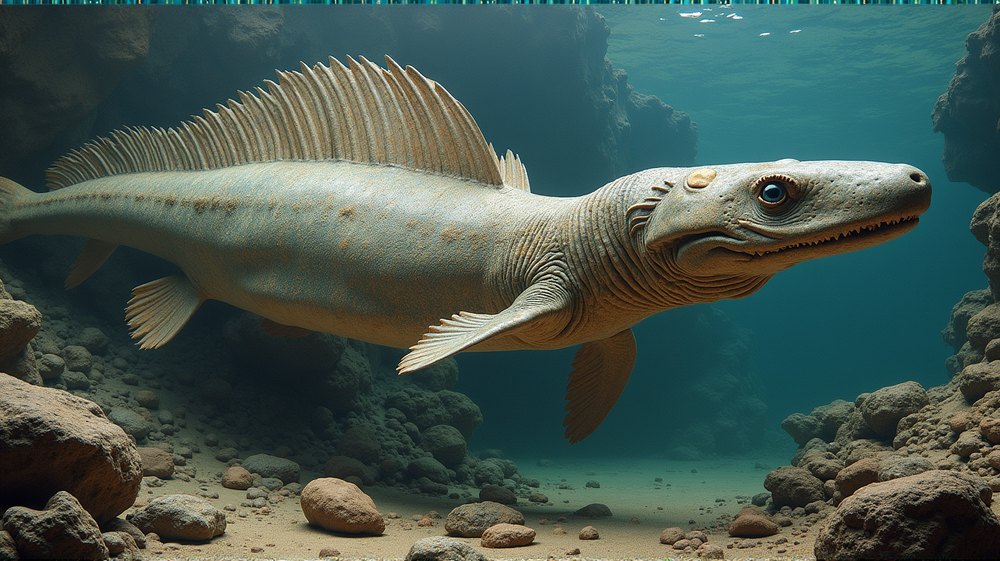In an unexpected twist of fate, a seemingly ordinary rock housed in the Nariwa Museum of Art in Takahashi City, Japan, has surfaced bearing an incredible secret — a 220-million-year-old ichthyosaur fossil. At first deemed a typical bivalve fossil display, this unassuming rock has now taken center stage in paleontological circles, unveiling the rich and hidden narrative of ancient marine life.
A Discovery That Challenges the Norm
After years of display, it took a keen eye from Professor Takafumi Kato to alter the course of ichthyosaur discovery in Japan. During a field program at the museum, Professor Kato and Dr. Hirokazu Yukawa stumbled upon features that defied its previous classification. A deeper inspection revealed 21 bone fragments, including ribs and vertebrae, that belonged to the enigmatic marine reptile, changing the narrative of what is known about these ancient creatures. According to ScienceDaily, experts are intrigued by how such a find can reshape understandings of ichthyosaur capabilities, particularly their ability to traverse the prehistoric Panthalassic Ocean.
Exploring the Secrets Within
By employing advanced CT scanning techniques at the University of Fukui’s School of Medical Sciences, the team unraveled the mystery of this fossil held within a muddy sandstone block. It wasn’t just the presence of bone fragments that fascinated scientists; it was what the bones revealed. The vertebrae, with their hourglass shape, and the rib surfaces indicated a species unlike any found on the island nation before — a testament to the profound shifts in marine life along the continental edges.
Global Implications of the Find
Ichthyosaur fossils from the Norian stage are a rare discovery worldwide, with preserved specimens mainly unearthed in British Columbia, Canada. This newfound evidence in Japan stands as a beacon, suggesting these creatures might have embarked on epic oceanic crossings. As observed by Dr. Ryosuke Motani, the discovery provides valuable insights into the evolutionary leaps ichthyosaurs made from coastal ancestors to the vast ocean dwellers of the past.
The Ripple Effects Beyond the Scientific Community
Beyond academic circles, this discovery has stirred excitement across Takahashi City. Officials like Mayor Yoshio Ishida view the fossil as a catalyst for regional rejuvenation and an avenue for public engagement with science. As the fossil begins its exhibit at the Nariwa Museum of Art, its presence is anticipated to engage young minds, nurturing curiosity about Earth’s distant past and the mysteries it holds.
A Journey Through Time and Exploration
Reflecting on this remarkable find, Professor Kato shared his unwavering passion for exploration: “Every rock, every fossil tells a story, waiting to be uncovered. This discovery is a reminder of Earth’s buried secrets and the joy of unraveling them.” As the exhibit progresses, there’s hope that this ichthyosaur fossil will ignite interest in Japan’s paleontological corridors, encouraging more to delve into the stories written in stone.
As visitors marvel at this fascinating display, the fossil not only serves as a bridge to ancient aquatic worlds but also stands as a testament to Japan’s role in unraveling the enigmatic past of marine reptiles. With each visitor that steps into the museum, a chapter is added to the legacy of discovery, reminding us that the key to our past often lies just beneath the surface.












